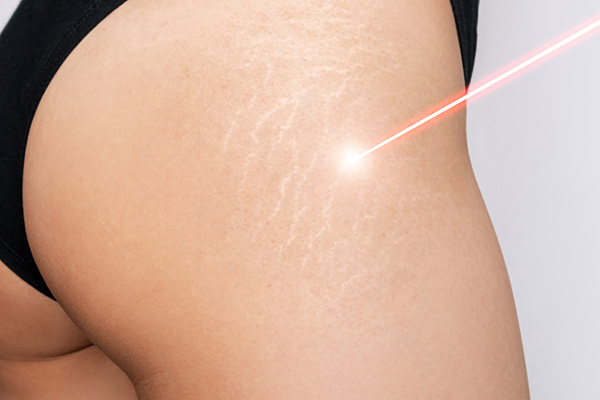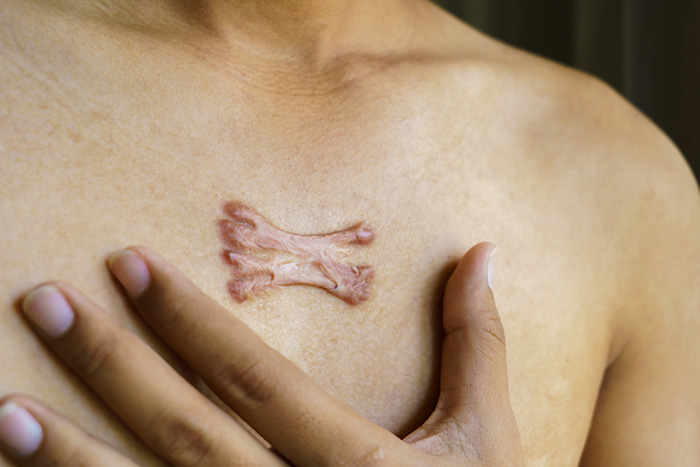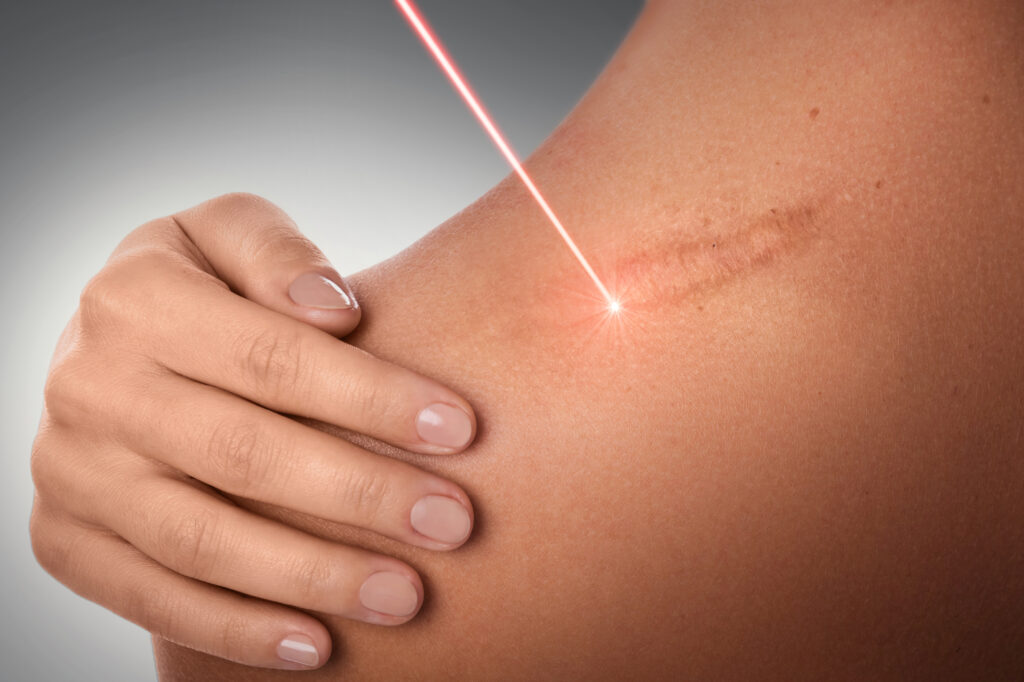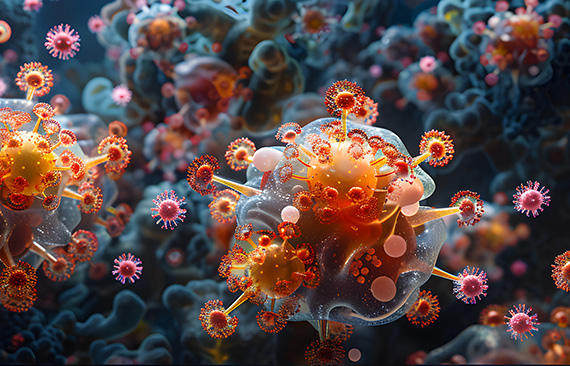Laser Scar Removal

Discover the Benefits of Laser Scar Removal – Chelsea & Battersea Laser scar removal is a transformative procedure offering hope to those looking to minimise the appearance of scars. This advanced treatment, available in Chelsea and Battersea, London, uses state-of-the-art laser technology to improve skin texture and tone. Whether you’re seeking to address acne scars, […]
Expert Keloid Scar Treatment in Chelsea & Battersea

Expert Keloid Scar Treatment in Chelsea & Battersea Keloid scars can be more than just a cosmetic concern; they often carry emotional distress for those affected. If you’re seeking the best keloid scar treatment in London, laser therapy has emerged as a promising solution, offering a non-invasive alternative to reduce and possibly eliminate these challenging […]
Laser Scar Treatment: Chelsea & Battersea

Advanced Laser Scar Treatment in Chelsea & Battersea In the pursuit of flawless skin, individuals are increasingly turning towards innovative dermatological solutions. Among these, laser scar treatment, or scar removal, stands out as a beacon of hope for those burdened by the physical and emotional weight of scars. This sophisticated skin resurfacing technique is not […]
Exosomes Treatment: Unlocking the Secrets to Youthful Skin

Keeping a Youthful Look with Exosomes Treatment Redefining How We Look at Aging The charm of exosomes treatment goes further than what we usually see with anti-aging efforts. Rather than just hiding the signs of getting older, exosome treatments change the story by helping cells renew themselves. What does this mean? A lasting youthful look […]
